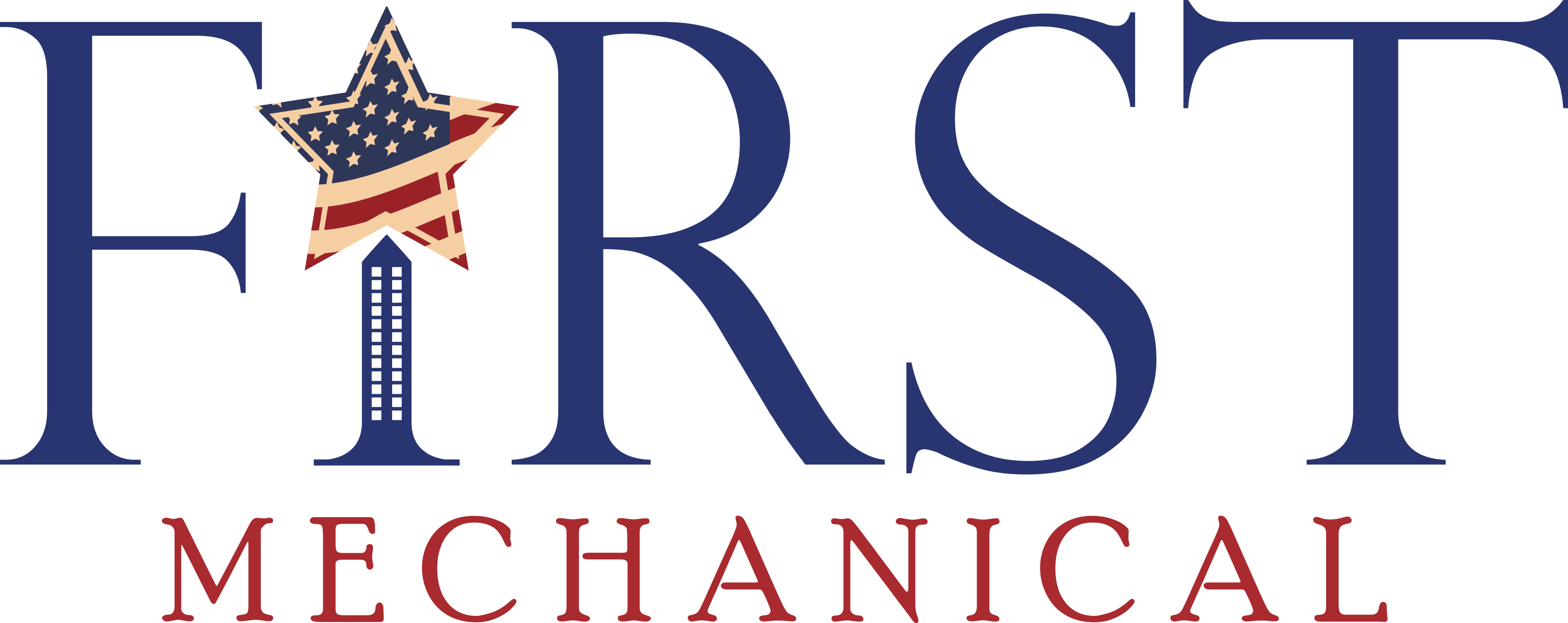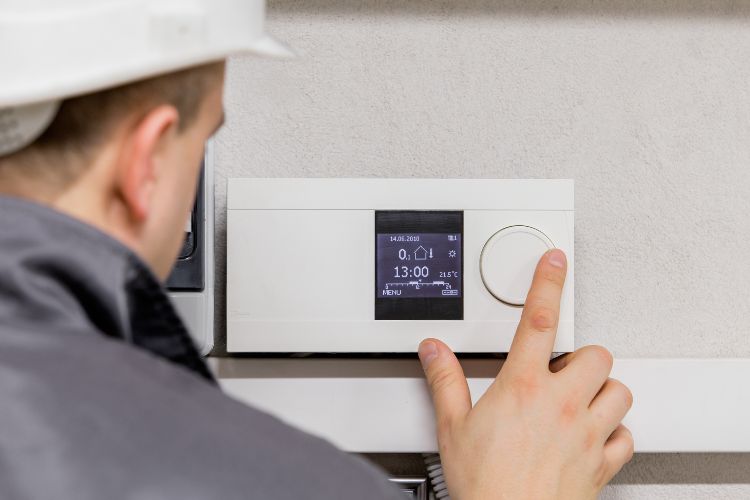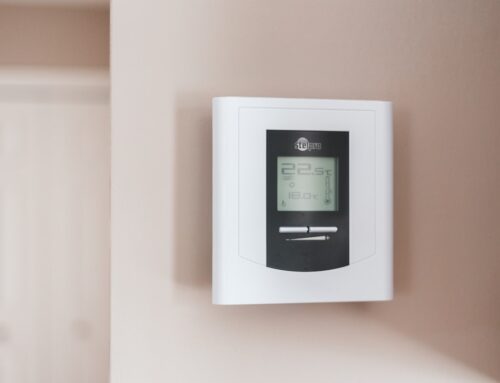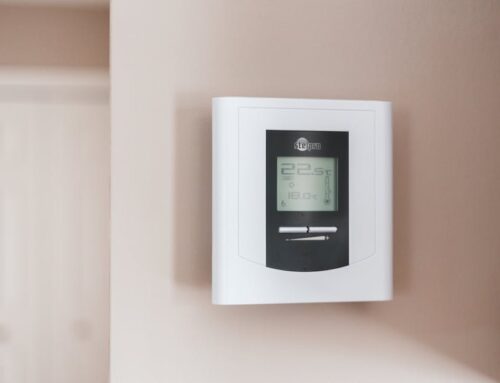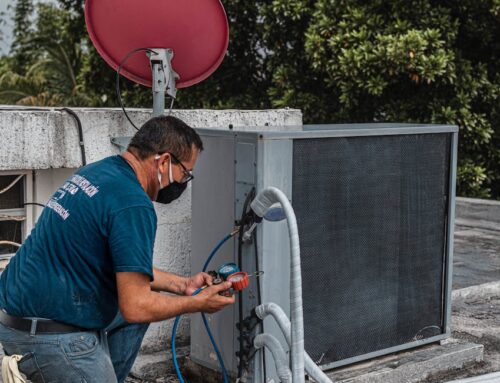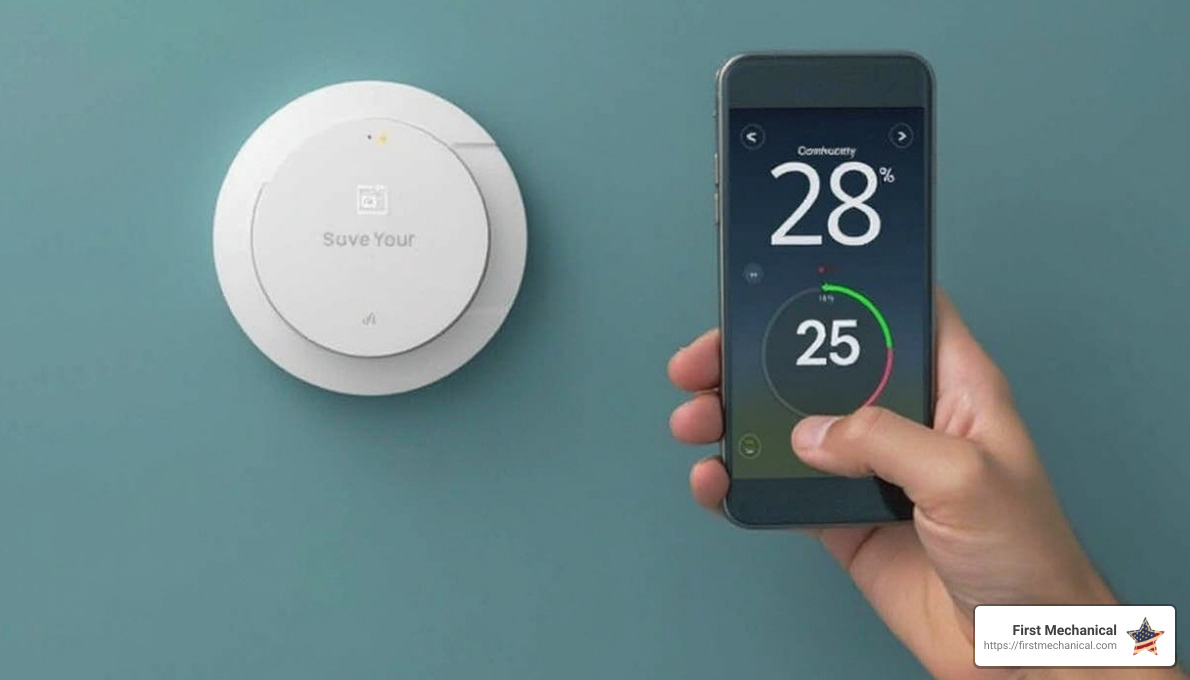
Smart thermostat for commercial use is revolutionizing the way businesses manage their operations, going beyond simple temperature regulation. For facility managers like Frank, who oversee the maintenance of large commercial buildings, the benefits are both significant and immediate:
- Energy Savings: By automatically adjusting settings based on occupancy schedules, smart thermostats can potentially reduce energy costs by up to 15%.
- Remote Management: These systems enable facility managers to control and monitor HVAC settings from anywhere, reducing downtime and ensuring comfort.
- Customization: Tailor temperature settings in different zones to meet specific needs, enhancing overall efficiency.
In today’s evolving world, smart building technology is transforming commercial real estate by boosting energy efficiency and comfort. By adopting smart thermostats, businesses in locations like Tampa or Melbourne, Florida, can stay ahead by cutting utility bills and optimizing building management.
Understanding Commercial Thermostats
When it comes to commercial thermostats, understanding their capabilities is key to optimizing your building’s climate control. Let’s explore some of the core features that make these systems indispensable for modern businesses.
Zone Control
Zone control is a transformative feature for large commercial spaces. It allows you to set different temperatures for various parts of your building. This means you can keep the conference room cooler during meetings while maintaining a comfortable warmth in the lobby. Zone control not only enhances comfort but also boosts energy efficiency by heating or cooling only the areas in use.
HVAC Systems
The heart of any commercial climate control system is the HVAC system. Smart thermostats integrate seamlessly with these systems, offering precise control over heating, ventilation, and air conditioning. This integration allows for more efficient operation, reducing wear and tear on equipment and potentially extending its lifespan. Moreover, smart thermostats can communicate with HVAC systems to adjust settings based on real-time data, ensuring optimal performance.
Multi-Speed Fan Systems
Multi-speed fan systems are another vital component. These fans adjust their speed based on the heating or cooling demand, providing just the right amount of airflow. Smart thermostats can control these systems, ensuring they operate at the most efficient speed. This not only saves energy but also reduces noise levels, creating a more pleasant environment for building occupants.
By leveraging these advanced features, commercial buildings can achieve significant energy savings and improved comfort. As businesses in places like Tampa and Melbourne, Florida, strive to create more efficient and sustainable environments, understanding and utilizing these capabilities becomes essential.
Benefits of Smart Thermostats for Commercial Use
Smart thermostats offer a suite of advantages that make them a smart choice for any commercial building. Let’s explore how these devices can transform your energy management, provide remote control capabilities, and ensure a tamper-proof design.
Energy Management
One of the standout features of smart thermostats is their ability to optimize energy management. These devices use advanced algorithms to learn your building’s occupancy patterns and adjust temperatures accordingly. This means they can reduce heating and cooling when spaces are unoccupied, leading to energy savings of up to 15%. For businesses, this translates into lower utility bills and a reduced carbon footprint.
Remote Control
With smart thermostats, you gain the power of remote control. Whether you’re managing a single location in Tampa or multiple sites across Florida, you can adjust settings from anywhere using a smartphone or computer. This flexibility ensures that you can maintain optimal comfort levels without being physically present. For instance, if an unexpected meeting is scheduled, you can cool down the conference room in advance, ensuring comfort for attendees.
Tamper-Proof Design
In commercial settings, maintaining control over thermostat settings is crucial. Smart thermostats offer a tamper-proof design, preventing unauthorized changes. This feature is particularly beneficial in environments with multiple users, such as offices or retail spaces, where varying preferences could lead to inefficient energy use. By locking the settings, you ensure that energy-saving schedules and temperature settings remain intact, maximizing efficiency.
By incorporating these features, smart thermostats not only improve the comfort and convenience of your commercial spaces but also contribute to significant cost savings and sustainability efforts. As you explore these benefits, it’s clear that smart thermostats for commercial use are a worthwhile investment for businesses looking to optimize their HVAC systems.
Top Features to Consider
When selecting a smart thermostat for commercial use, it’s important to consider features that cater to the unique needs of commercial buildings. Here are the top features to look for:
AI Learning
One of the most aspects of modern smart thermostats is AI learning. These devices go beyond simple programming. They learn and adapt to your building’s unique usage patterns over time. For instance, a smart thermostat can analyze when a conference room is most frequently occupied and adjust the temperature accordingly. This self-learning capability ensures that your HVAC system operates efficiently, minimizing waste and maximizing comfort.
Occupancy Control
Occupancy control is another critical feature. Smart thermostats equipped with occupancy sensors can detect when a room is empty and automatically adjust the temperature. This is especially beneficial in commercial spaces with varying occupancy levels throughout the day, like office buildings or retail stores. By optimizing the climate based on real-time data, businesses can significantly cut down on energy costs while maintaining a comfortable environment for employees and customers.
Air Quality Monitoring
With increasing awareness of indoor air quality, many smart thermostats now offer air quality monitoring. This feature provides insights into pollutants and humidity levels within your building. By integrating this data, the system can adjust ventilation and filtration settings to maintain a healthy indoor environment. This is particularly crucial in commercial settings where poor air quality can impact employee productivity and health.
By focusing on these features—AI learning, occupancy control, and air quality monitoring—you can ensure that your smart thermostat not only improves comfort but also contributes to a healthier, more efficient commercial building. As technology continues to evolve, these features represent the cutting-edge of smart building management, offering both immediate and long-term benefits.
In the next section, we’ll dig into key considerations when choosing the right smart thermostat for your commercial building.
Smart Thermostat for Commercial Use: Key Considerations
When choosing a smart thermostat for commercial use, it’s crucial to keep a few key considerations in mind: compatibility, installation, and cost. These factors can greatly influence the effectiveness and efficiency of your HVAC system.
Compatibility
First things first, you need to ensure that the smart thermostat is compatible with your existing HVAC system. Not all thermostats work with all systems. For example, some may not support multi-speed fan systems or specific types of heating and cooling setups. Before purchasing, check the specifications to make sure it fits seamlessly with your current infrastructure.
Installation
Next, consider the installation process. While some smart thermostats are designed for easy DIY installation, others may require professional help, especially in complex commercial setups. Incorrect installation can lead to inefficient operation or even damage to your HVAC system. It’s often worth investing in professional installation to ensure everything is set up correctly and safely.
Cost
Finally, let’s talk about cost. While the initial investment in a smart thermostat might seem high, these devices can lead to significant energy savings over time. According to Energy Star, smart thermostats can save businesses up to 15% on heating and cooling costs. Additionally, some utility companies offer rebates for installing energy-efficient devices, which can help offset the upfront cost.
In summary, when selecting a smart thermostat for your commercial building, consider compatibility with your HVAC system, the complexity of installation, and the overall cost, including potential savings and rebates. By keeping these factors in mind, you can make a well-informed decision that improves the efficiency and comfort of your commercial space.
In the next section, we’ll address some frequently asked questions about smart thermostats to help you make an even more informed choice.
Frequently Asked Questions about Smart Thermostats
What is the difference between home and commercial thermostat?
Home and commercial thermostats serve the same basic function—regulating temperature—but they differ significantly in their capabilities. Commercial thermostats often offer more advanced features like zone control, which allows different areas of a building to be heated or cooled independently. This is crucial for addressing the diverse heating needs in commercial spaces, where areas like server rooms may require different conditions than office spaces.
Does Ecobee work with commercial HVAC?
Yes, Ecobee thermostats are compatible with many commercial HVAC systems. They support various configurations, including multi-speed fan systems and complex heating and cooling setups. This makes them a versatile choice for businesses looking to improve energy savings. With features like remote control and AI learning, Ecobee thermostats can help optimize energy use, potentially reducing costs significantly.
Is there a downside to smart thermostats?
While smart thermostats offer numerous benefits, there are some considerations to keep in mind. Cost is a primary factor; the initial investment can be higher than traditional thermostats. However, this is often offset by long-term energy savings. Another potential downside is tech comfort. Users may need time to adapt to new technology and interfaces. It’s important to ensure that staff are comfortable using these devices to fully leverage their capabilities.
In summary, smart thermostats for commercial use can greatly improve energy efficiency and control, but it’s important to weigh the initial cost and ensure compatibility with your existing systems.
Conclusion
In the changing world of HVAC solutions, First Mechanical stands out as a leader in providing comprehensive services custom to meet the unique needs of commercial spaces. We specialize in installing, repairing, and maintaining HVAC systems, ensuring that your building operates at peak efficiency.
Our expertise in smart thermostat technology allows us to offer custom solutions that can transform how you manage energy in your commercial building. By integrating cutting-edge features like AI learning and occupancy control, we help businesses optimize their energy usage and create comfortable environments for occupants.
Whether you’re looking to upgrade an existing system or install a new one, our team is ready to assist. We understand the complexities of commercial HVAC systems and are committed to delivering solutions that are both effective and cost-efficient.
For more information on how we can improve control of your commercial air conditioning systems with smart thermostats, visit our smart thermostats and automation page.
Choose First Mechanical for reliable, expert service in Tampa, Melbourne, and throughout Florida. Let’s work together to ensure your commercial building is as energy-efficient and comfortable as possible.
